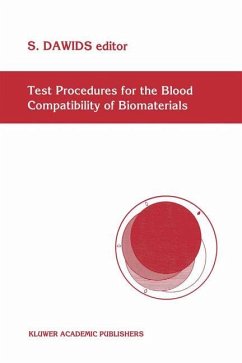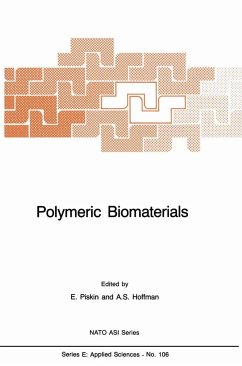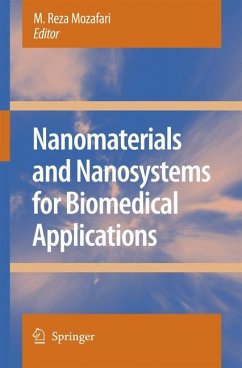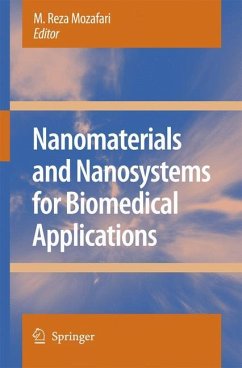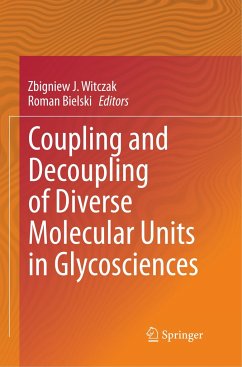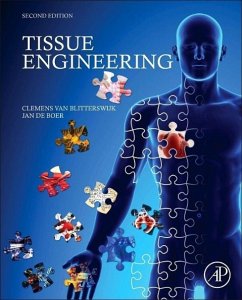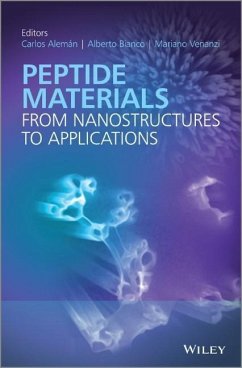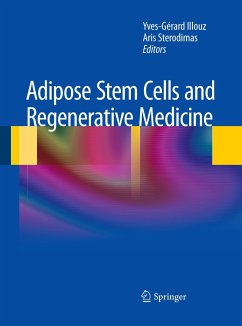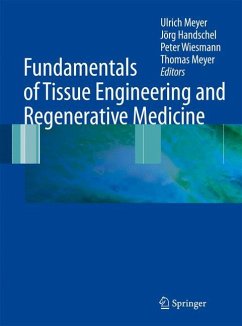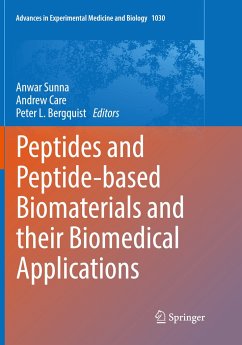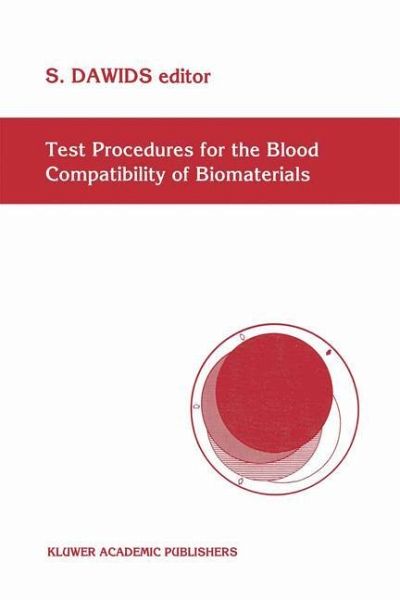
Test Procedures for the Blood Compatibility of Biomaterials

PAYBACK Punkte
76 °P sammeln!
This book represents the first European effort to provide a collection of test descriptions used in evaluation of the compatibility of biomaterials in contact with tissues and blood. The urge to compile this book arose from the fact that it is the properties of the material which ultimatively seem to determine the functional outcome of a medical device, almost regardless of how ingenious the construction of the very device is. The longer the exposure is, the more important these basic properties become. Unfortunately only a small part of the interactive phenomena is fully elucidated and unders...
This book represents the first European effort to provide a collection of test descriptions used in evaluation of the compatibility of biomaterials in contact with tissues and blood. The urge to compile this book arose from the fact that it is the properties of the material which ultimatively seem to determine the functional outcome of a medical device, almost regardless of how ingenious the construction of the very device is. The longer the exposure is, the more important these basic properties become. Unfortunately only a small part of the interactive phenomena is fully elucidated and understood. This challenge reflects itself in an effort to cover numerous aspects of testing, beginning with fundamental analysis of the material, continuing with the mechanical properties, the resistance to degradation and the analysis of surface and chemical properties including adsorption patterns of proteins ending with test on cell cultures, ex vivo and in vivo. A number of the tests which are generally accepted as being important are already described as official requirements (primarily Pharmacopeas). These official requirements are not included in order to limit the size of the book. It is the aim of this book to present the tests like a recipe in a uniform way to ease the reader in finding his/her way through the material and to present it as a kind of "cook-book" in an order to provide an easy access to copy the procedures. This has unfortunately not been possible in all circumstances.





